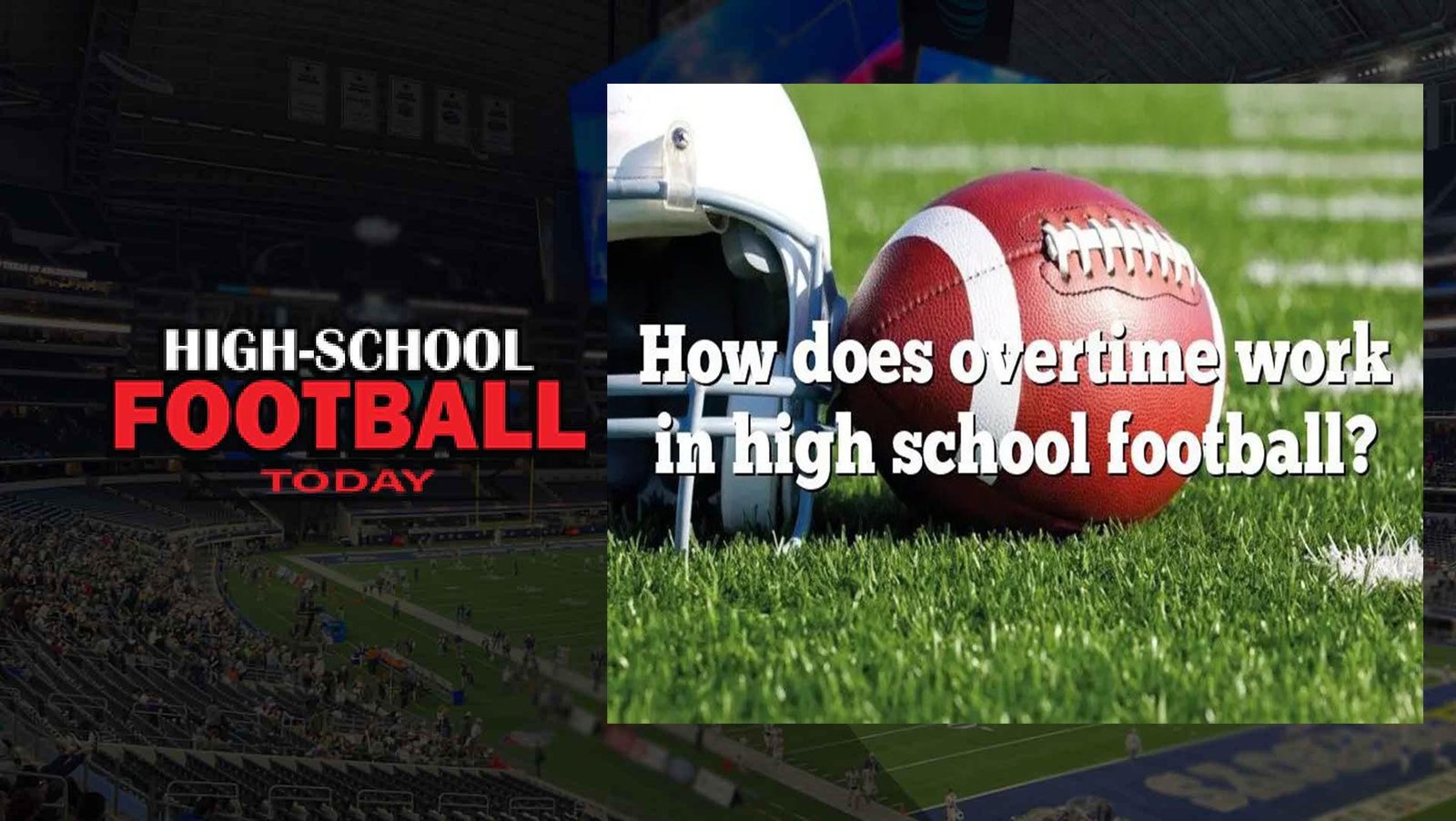High school football is a thrilling and competitive sport that keeps players and fans on the edge of their seats. One of the most dramatic aspects of the game is when the score is tied at the end of regulation, and the game enters overtime. But how does overtime work in high school football?
This article will break down the rules and format of overtime in high school football, so you’ll be ready to cheer on your team during those nail-biting extra minutes.
What is Overtime in High School Football?
Overtime in high school football is an additional period played to determine the winner when both teams have the same score at the end of regulation. The purpose of overtime is to provide a fair and equal opportunity for both teams to score and ultimately decide the game’s outcome.
The Overtime Format
In the exciting world of high school football, games that extend into overtime are particularly captivating for both players and fans alike. When two evenly matched teams find themselves at a stalemate at the end of regulation time, the overtime format kicks in, providing a thrilling spectacle that often results in dramatic, last-minute heroics.
This article delves into the ins and outs of the high school football overtime format, exploring the rules and strategies that contribute to the intense, nail-biting finishes we have come to love. Buckle up and get ready to dive deep into the exhilarating world of high school football overtime!
The Coin Toss
At the start of overtime, a coin toss takes place to decide which team will have the first possession. The team that wins the coin toss can choose to start on offense or defense, while the other team will decide which end of the field to play. The same process is repeated for each subsequent overtime period.
Possessions and Scoring
In high school football, overtime consists of alternating possessions, with each team given a chance to score from the opponent’s 10-yard line. The team that scores more points during their possession is declared the winner. If both teams score the same number of points or fail to score, the game moves into another overtime period.
Each possession in overtime follows the standard rules and scoring system of football. A touchdown is worth six points, and the team has the option to attempt an extra point (one point) or a two-point conversion (two points). A field goal is worth three points.
Limitations on Overtime
In some states, there may be a limit to the number of overtime periods allowed in a high school football game. This rule is in place to protect the health and safety of the players, as playing extended periods can increase the risk of injury.
If the game remains tied after the maximum number of overtime periods, it may be declared a tie or determined by other tiebreaker methods, depending on the specific state’s high school athletic association rules.
Changes in Strategy During Overtime
Overtime often brings changes to a team’s strategy, as coaches and players must adapt to the unique rules and pressure of the extra period. Some teams may opt for more aggressive playcalling, while others may focus on ball control and clock management.
Additionally, decisions regarding extra points and two-point conversions may be affected by the circumstances of the game, such as the team’s confidence in their kicking game or their ability to gain yardage on the ground.
How Does Overtime Work in High School Football?
Overtime in high school football follows a unique format that includes a coin toss, alternating possessions, and limitations on the number of overtime periods. Each possession follows the standard rules and scoring system of football, with touchdowns worth six points and field goals worth three points. Teams have the option to attempt an extra point or a two-point conversion after scoring a touchdown.
What Happens If a High School Football Game Ends in a Tie?
If a high school football game remains tied after the maximum number of allowed overtime periods, the outcome may be determined in one of several ways, depending on the specific state’s high school athletic association rules.
- Declared a tie: In some cases, the game may simply be declared a tie, with both teams sharing the outcome.
- Tiebreakers: Certain states may employ tiebreaker methods, such as sudden death or a kicking competition, to determine the winner.
- Playoff games: For playoff games or games with postseason implications, additional rules may be in place to ensure a winner is declared. This could include additional overtime periods or different tiebreaker methods.
Overall, the specific outcome of a tied high school football game will depend on the rules and regulations established by the state’s high school athletic association.
My Last Words
Overtime in high school football is an exciting and intense part of the game, providing an opportunity for both teams to showcase their skills and determination. Understanding the rules and format of overtime will enhance your appreciation for the sport and help you support your favorite team during those critical extra minutes.

